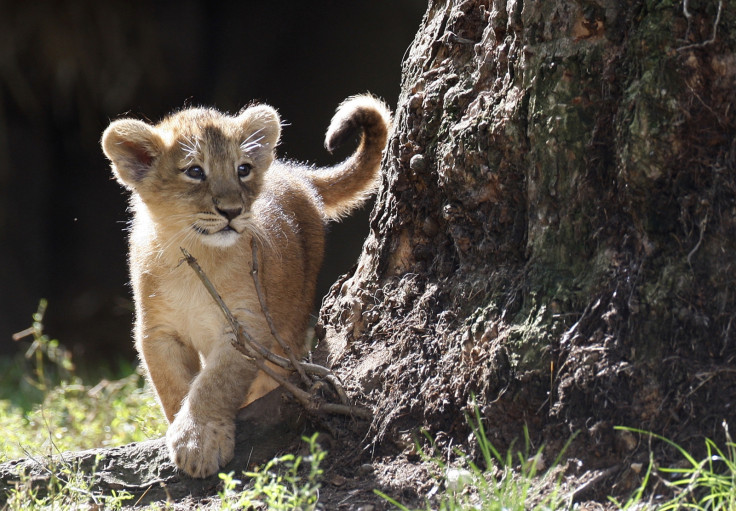India: Asiatic lions cramped in Gir as numbers go up and translocation held up

The human imprint on Gir sanctuary in India housing the world's lone Asiatic endangered lion population is growing large and clear.
The annual clean-up of litter in the western division alone has yielded around 600kg of plastic waste so far.
With 200km of road running through the national park, waste ranging from food leftovers, condoms and bottles on the roadsides turn the area into an eye-sore.
The Girnar Parikrama pilgrimage alone sees over a million people visit the region in November following which wildlife organisations clear the area of plastic littering.
This time the plastic has invaded the entire Gir sanctuary other than the core area, reports Times of India.
Rough estimates suggest there could be 10 tonnes of plastic inside the sanctuary. Hotels in the area dump the waste into water spots in the forest.
Conflict between man and animal is also increasing in the area, with a 27% increase in lion numbers recorded over 2010 figures. At 523 lions, the park is full to its total capacity and more.
With 112 more lions than before, the irony is that almost 90 were located in regions outside the park during the 14th Asiatic Lion Census 2015.
About 40% of the total lion population now lives outside the Gir National Park & Wildlife Sanctuary spanning 1412sq km. In fact, they have been spotted as far away as 100km from the park.
Earlier, the lions used to return to the park but this time around they seem to have moved out permanently.
Experts say the national park has surpassed its capacity a decade ago and has to be expanded. It can only house 275 lions. Living in prides, just like its African cousin, the Asiatic male lion needs an area of 50sq km while the lioness needs 26sq km.
About 20 lions have been run over by speeding trucks and trains last year.
The case for translocation of the lions to Kuno reserve in neighbouring Madhya Pradesh gets stronger with the burgeoning numbers, but Gujarat stays adamant on not letting go "its pride".
Lion translocation
It was the Wildlife Institute of India that first mooted the idea that a few lions be shifted outside Gujarat to save the species and avoid a catastrophe should a disease wipe out the population.
It was an epidemic in Serengeti National Park during 1994 that killed over 1,000 lions.
A wildlife panel suggested the shifting of a single pride of five to ten Asiatic lions with 60-70% female population in the first set over the next two years.
Every three to five years, for a period of 25 years, two-three male lions, it said, should be translocated from Gir to Kuno to maintain the inter-linkage between lion populations in the two sanctuaries.
The Supreme Court also ordered the translocation in its April 2013 order, but neither the state nor the central governments have made a move on the £8m plan.
Meanwhile, the court has allowed a review of its order based on a petition filed by an NGO claiming the new status of lions.
The move to translocate was based on pressures faced on the declining lion population but the new census with dramatic rise puts a different twist, the NGO contends.
However, many experts believe the new rise in numbers also call for a move out as the Gir is no more able to support higher lion populations.
From critically endangered to endangered
Once widespread in Gujarat, the lion population shrank to a handful in the early 20th century, following hunting and drought. Since then, intervention by the government has helped improve the condition and in 2005 there were over 250 lions.
The Asiatic lion was removed from the list of 'critically endangered' species where it was placed in 2000 by the IUCN. It is now listed as 'endangered'.
The IUCN noted the population of the Asiatic Lion has not only stabilised but also extends beyond the Gir Forest into four regions of Gujarat.
Unlike in the case of the tiger, killed for its parts, the lion faces challenge from habitat loss and drought.
Illegal sand and limestone mining in the region have dried the rivers, forcing the lions to migrate to coastal areas as far away as 300km.
The Gujarat government annually spends around £5m on wildlife, a half of it on the big cat; critics say the amount is far too less.
© Copyright IBTimes 2025. All rights reserved.





















